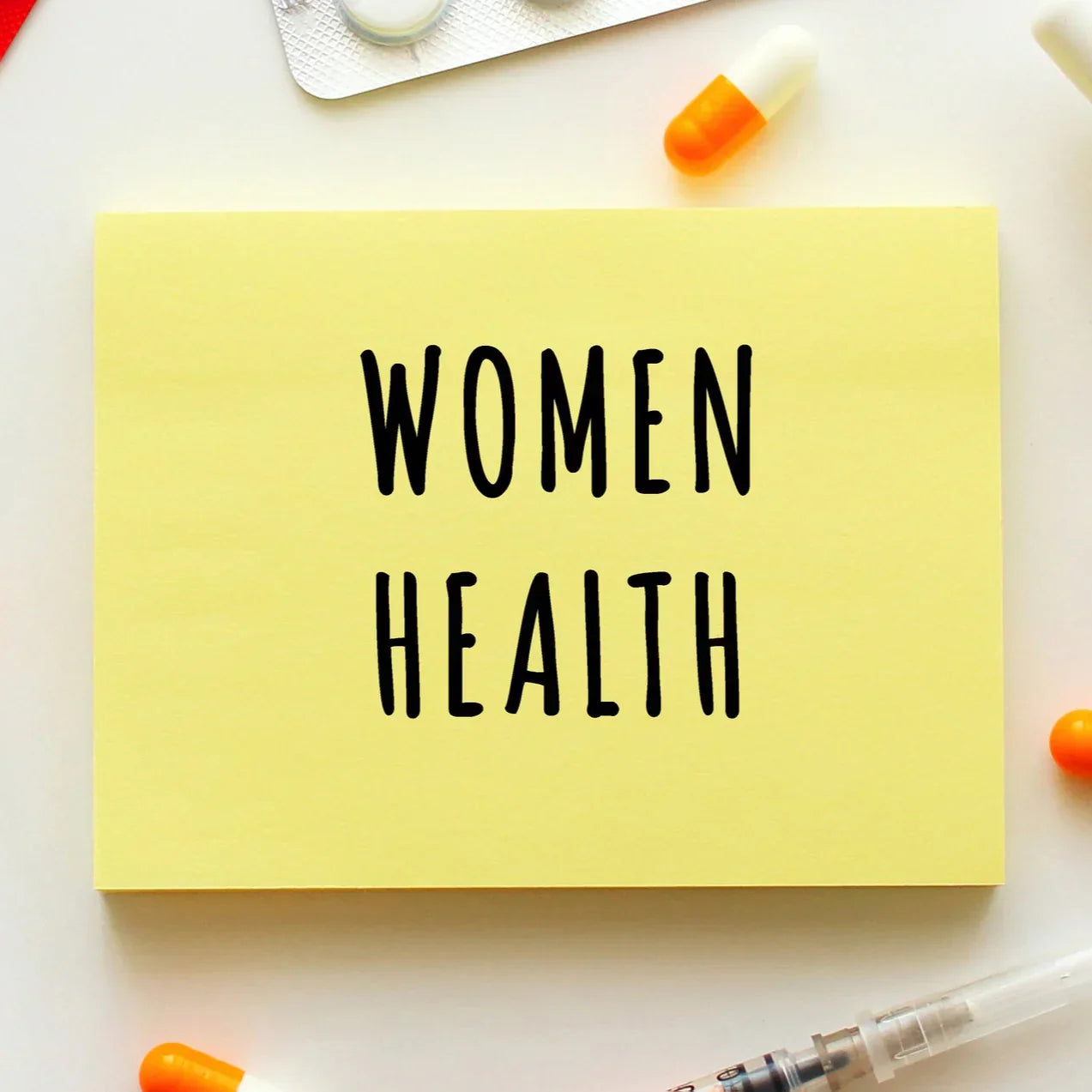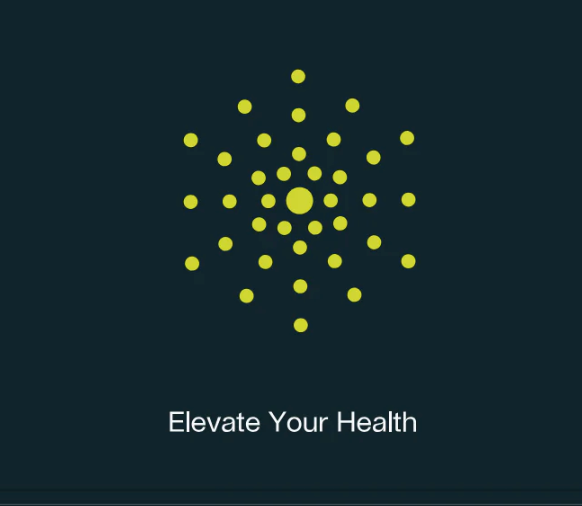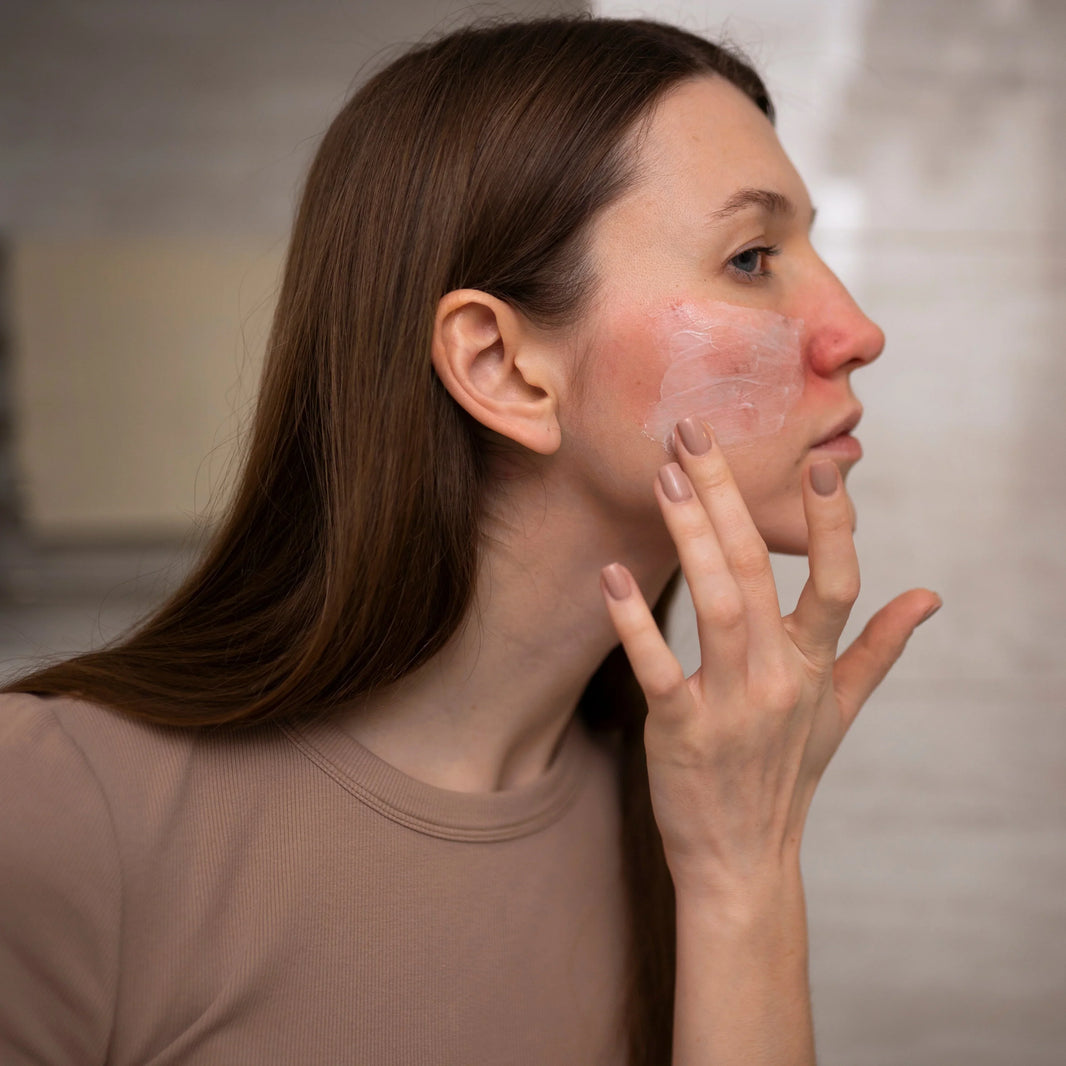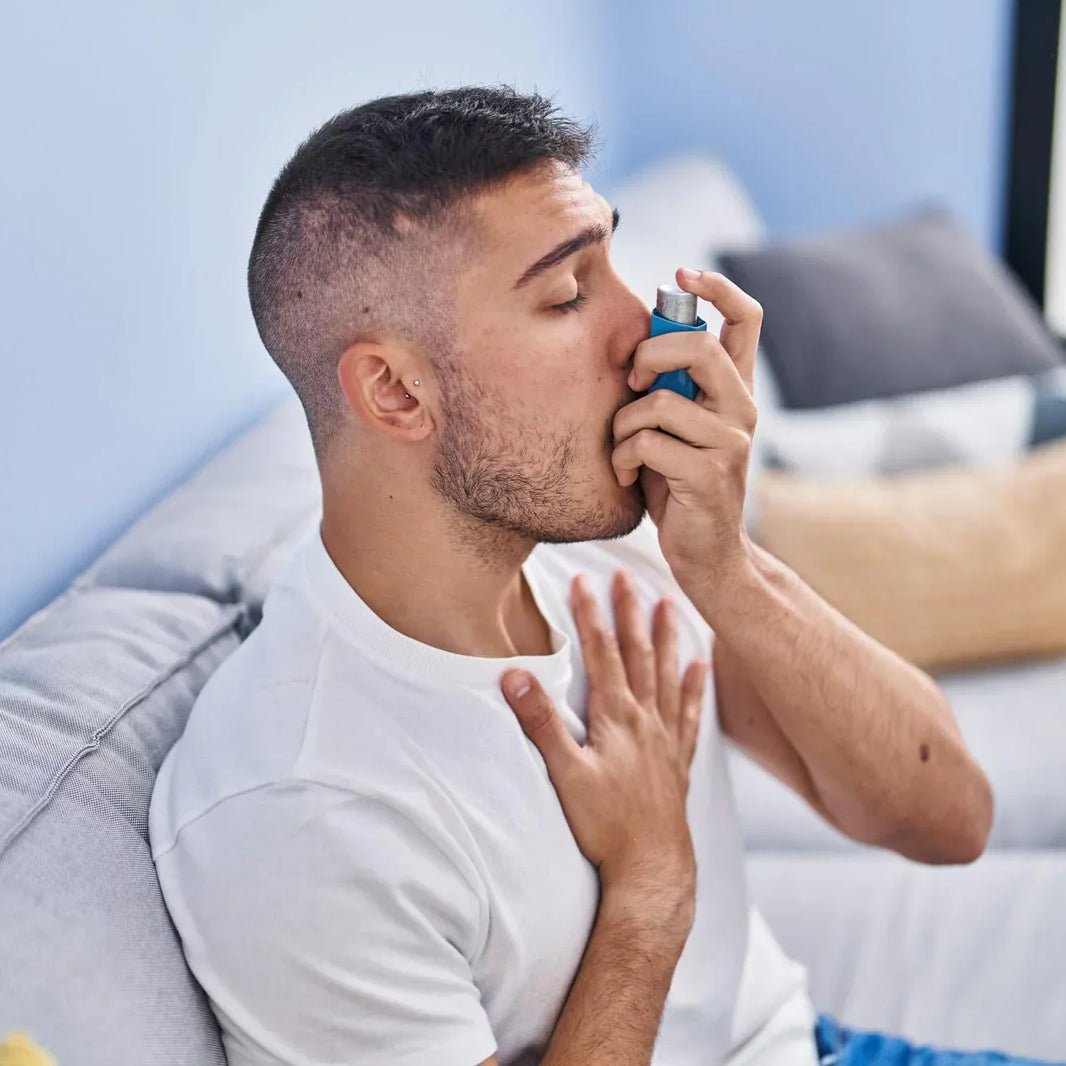Women's hormone support encompasses various interventions designed to balance and optimize hormonal health across different life stages, from reproductive years through menopause and beyond. These interventions range from conventional hormone replacement therapies to plant-derived compounds, micronutrients, and complementary approaches, each with varying degrees of scientific evidence supporting their efficacy and safety. The complexity of female endocrine physiology and the wide array of available support options necessitate a comprehensive understanding of their mechanisms, targets, and clinical evidence.
The Female Endocrine System and Hormonal Regulation
The female endocrine system functions through intricate feedback loops involving the hypothalamus, pituitary gland, ovaries, and other peripheral tissues. Hormonal regulation primarily occurs through the hypothalamic-pituitary-gonadal (HPG) axis, with the hypothalamus secreting gonadotropin-releasing hormone (GnRH) in a pulsatile manner, which stimulates the pituitary to release follicle-stimulating hormone (FSH) and luteinizing hormone (LH)18. These gonadotropins then act on the ovaries to regulate follicular development, ovulation, and the production of estrogen and progesterone. This system maintains reproductive function and influences numerous physiological processes throughout a woman's life, including metabolism, bone health, cardiovascular function, and neurological processes.
Hormonal fluctuations naturally occur throughout the female life cycle, but significant imbalances can lead to conditions such as polycystic ovary syndrome (PCOS), endometriosis, premature ovarian insufficiency (POI), and menopausal symptoms that may prompt women to seek hormonal support. The biological mechanisms and pathways targeted by different support strategies vary considerably, as do their evidence bases and risk-benefit profiles. Understanding these differences is crucial for making informed decisions about hormone support options.
Conventional Hormone Replacement Therapy
Hormone replacement therapy (HRT) represents the most direct approach to women's hormone support, especially for managing menopausal symptoms. HRT works by providing exogenous hormones (typically estrogen alone or combined with progesterone) that replace declining endogenous hormone levels during menopause. These exogenous hormones bind to hormone receptors throughout the body, including the reproductive organs, bone, cardiovascular system, and brain, activating the same genomic and non-genomic pathways as natural hormones15.
The historical perspective on HRT has evolved significantly over time. Observational studies initially suggested cardiovascular benefits, with data from women experiencing premature ovarian failure supporting the protective effects of estrogen against cardiovascular disease17. However, randomized controlled trials, most notably the Women's Health Initiative (WHI) published in 2002, failed to demonstrate benefits in preventing cardiovascular disease in postmenopausal women717. These findings dramatically shifted the risk-benefit assessment of HRT, particularly for long-term use.
Current evidence suggests that HRT's effects are highly context-dependent, with potentially more favorable outcomes when initiated in younger perimenopausal women rather than older postmenopausal women17. This "timing hypothesis" posits that estrogen may have protective effects on healthy blood vessels but could exacerbate existing atherosclerosis in older women. Despite these nuances, concerns about potential risks, including breast cancer and thromboembolic events, have led many women to seek alternative approaches to hormonal support.
Phytoestrogens: Plant-Based Hormone Modulators
Phytoestrogens represent a diverse group of non-steroidal compounds derived from plants that exhibit structural similarities to 17β-estradiol, the primary human estrogen8. Major classes include isoflavones (found in soy products), lignans (in flaxseeds and whole grains), coumestans (in clover and alfalfa), and stilbenes (in grapes and wine)4712. These compounds have gained significant attention as potential alternatives to conventional HRT, particularly following the publication of the WHI trial results.
The mechanisms of phytoestrogen action center on their ability to interact with estrogen receptors, though generally with lower binding affinity than endogenous estrogens. Phytoestrogens can bind to multiple types of estrogen receptors, including nuclear receptors ERα and ERβ, as well as the membrane-bound G protein-coupled estrogen receptor (GPER)8. This receptor binding triggers downstream signaling pathways that mediate their biological effects. Importantly, many phytoestrogens exhibit selective estrogen receptor modulation, functioning as estrogen agonists in some tissues and antagonists in others, which contributes to their tissue-specific effects.
In the context of menopausal symptoms, phytoestrogens may help regulate the hypothalamic thermoregulatory center, which becomes dysregulated during menopause due to estrogen fluctuations12. This mechanism potentially explains their effects on vasomotor symptoms like hot flashes and night sweats. Phytoestrogens may also influence bone metabolism, lipid profiles, and inflammatory processes through various signaling pathways, though these effects are generally more modest than those of conventional HRT.
The evidence for phytoestrogen efficacy in managing menopausal symptoms presents a mixed picture. Soy isoflavones have shown some promise in reducing the frequency and severity of vasomotor symptoms, though results across studies are inconsistent3. Various factors may contribute to this variability, including differences in phytoestrogen compounds, dosages, individual metabolism, and baseline dietary intake. Furthermore, it remains unclear whether dietary sources and supplements of phytoestrogens have comparable effects3.
Despite their natural origin, phytoestrogens function as endocrine-disrupting chemicals with both potential benefits and risks8. Their dual nature necessitates careful consideration of their use for hormone support, especially at the higher concentrations found in supplements compared to dietary sources. The long-term safety profile of concentrated phytoestrogen supplements requires further investigation, particularly regarding their effects on hormone-sensitive tissues.
Micronutrient Support for Hormonal Balance
Micronutrients play fundamental roles in hormonal synthesis, metabolism, and receptor function. Specific vitamins, minerals, and other compounds have demonstrated potential to support hormonal health in women, particularly in conditions characterized by hormonal imbalances such as PCOS. These interventions work through various mechanisms, including insulin sensitization, anti-inflammatory effects, and direct influences on steroidogenesis.
Myo-inositol, a naturally occurring carbohydrate, has emerged as a promising support for women with PCOS. It functions as a second messenger in insulin signaling pathways, potentially improving insulin sensitivity and thereby addressing a key pathophysiological feature of PCOS1. Through this mechanism, myo-inositol may improve ovarian function, increase fertility, and reduce the severity of hyperandrogenism, including symptoms like acne and hirsutism1. When combined with folic acid, myo-inositol may also improve oocyte morphology and embryo quality, though the precise mechanisms require further investigation1. The combination therapy may prevent congenital anomalies through epigenetic effects on DNA methylation1.
Vitamin D supplementation represents another micronutrient approach with potential benefits for hormonal health. Beyond its well-established role in calcium homeostasis, vitamin D influences insulin resistance and androgen metabolism1. In women with PCOS, vitamin D supplementation may reduce insulin resistance and hyperandrogenism through both anti-inflammatory effects and direct actions on ovarian steroidogenesis1. The vitamin has a protective effect on cells in the development of insulin resistance and contributes to progesterone production in the ovaries1.
Other compounds with potential hormonal supportive effects include epigallocatechin-3-gallate (EGCG), a natural antioxidant flavonoid found in green tea, and chromium, which promotes glucose absorption and insulin function1. These compounds may indirectly support hormonal health by addressing metabolic factors that contribute to hormonal imbalances, though evidence for their efficacy specifically for hormone support remains limited.
Complementary and Alternative Approaches
Complementary and alternative medicine (CAM) approaches to women's hormone support encompass a wide range of interventions, including traditional Chinese medicine, acupuncture, herbal remedies, mind-body practices, and lifestyle modifications. These approaches have gained popularity as alternatives or adjuncts to conventional treatments, particularly for conditions like premature ovarian insufficiency (POI) and menopausal symptoms.
Traditional botanical remedies have been used for centuries to address women's hormonal concerns. Herbs such as black cohosh and St. John's Wort have been investigated for their potential to alleviate menopausal symptoms, particularly vasomotor symptoms and depression3. However, these botanicals are not currently recommended for widespread use due to uncertainty about appropriate dosages and preparations, along with potential safety concerns3. The mechanisms through which these herbs influence hormonal pathways remain incompletely understood, though some may contain compounds with phytoestrogenic or neuromodulatory properties.
Acupuncture represents another CAM approach that has been used for hormonal conditions, including POI and menopausal symptoms9. Modern research suggests potential mechanisms involving neuroendocrine modulation, increased blood flow to reproductive organs, and anti-inflammatory effects, though traditional explanations invoke concepts of energy flow and balance. The evidence base for acupuncture in hormonal conditions is growing but remains limited by methodological challenges in conducting rigorous trials.
Mind-body practices, including meditation, yoga, and psychotherapy, may indirectly support hormonal health by reducing stress, which can disrupt normal hormone production and regulation. Chronic stress activates the hypothalamic-pituitary-adrenal (HPA) axis, potentially interfering with the HPG axis that regulates reproductive hormones. Through stress reduction, these approaches may help restore more balanced hormonal function, though direct evidence for hormonal effects is limited.
An interesting example of complementary approaches comes from research on spiritual healing for women undergoing hormone therapy for breast cancer. In a qualitative investigation, spiritual healing sessions were associated with alleviation of treatment side effects, increased energy levels, enhanced well-being, and emotional relaxation13. While the mechanisms remain speculative, such findings highlight the potential role of non-pharmacological approaches in supporting women undergoing hormonal treatments.
Evidence-Based Assessment: Proven vs. Unproven Interventions
Distinguishing between proven and unproven hormone support interventions requires careful evaluation of the quality and consistency of research evidence, understanding of mechanisms, and documentation of safety. This assessment varies considerably across different approaches and specific applications.
For conventional HRT, the evidence base is strongest for short-term management of menopausal symptoms, particularly vasomotor symptoms and vaginal dryness. The mechanisms are well-understood, and efficacy for symptom relief is well-documented17. However, for long-term prevention of chronic diseases or for use in older postmenopausal women, the risk-benefit profile is less favorable based on randomized controlled trial evidence17. Current guidelines generally recommend using the lowest effective dose for the shortest duration necessary to manage symptoms.
Regarding phytoestrogens, the evidence is inconsistent but suggests potential benefits for specific applications. Soy isoflavones have shown some efficacy for vasomotor symptoms, though results vary across studies312. The selective estrogen receptor modulation of these compounds provides a plausible mechanism, but optimal dosing, preparation methods, and long-term safety remain inadequately defined. Dietary sources of phytoestrogens are generally considered safe based on population studies of traditional soy-consuming cultures, but concentrated supplements warrant caution regarding potential endocrine-disrupting effects8.
For micronutrient interventions, myo-inositol has accumulated substantial evidence supporting its use in PCOS, with demonstrated benefits for ovarian function, fertility, and metabolic parameters1. Vitamin D supplementation also shows promise for addressing hormonal imbalances in vitamin D-deficient women with PCOS1. The mechanisms for these micronutrients are increasingly well-understood, strengthening the rationale for their use in specific contexts. However, evidence for many commercial supplement combinations marketed for "hormone balance" remains limited.
Complementary and alternative approaches generally have the least consistent evidence base, though some specific interventions have shown promise in preliminary studies. Traditional botanical remedies like black cohosh have mixed evidence for efficacy in managing menopausal symptoms, and safety concerns persist regarding appropriate dosing and potential interactions3. Other CAM approaches, including acupuncture and mind-body practices, have theoretical frameworks supporting their use but limited high-quality clinical evidence specifically for hormonal outcomes.
Lifestyle factors, including diet, exercise, and stress management, increasingly show impacts on hormonal health. Adopting a healthier dietary pattern may support healthy body weight and benefit vasomotor symptoms3. However, evidence suggesting specific dietary patterns may benefit psychological symptoms like depression, anxiety, and cognition remains largely observational rather than from intervention studies3.
Conclusion
Women's hormone support encompasses diverse approaches with varying mechanisms, targets, and evidence bases. Conventional HRT works through direct receptor activation and has strong evidence for symptom relief but carries well-documented risks that must be weighed against benefits. Phytoestrogens offer a potentially safer alternative through selective estrogen receptor modulation, though evidence for efficacy remains inconsistent. Micronutrient support shows particular promise for specific conditions like PCOS through insulin-sensitizing and anti-inflammatory mechanisms, while many complementary approaches would benefit from more rigorous investigation.
The field of women's hormone support continues to evolve as research elucidates the complex interplay between hormones and women's health across the lifespan. A personalized approach that considers individual risk factors, symptoms, and preferences remains the most prudent strategy. Contemporary evidence suggests that interventions should be tailored to specific hormonal concerns rather than broadly applied, with careful consideration of the risk-benefit profile for each woman. As science advances our understanding of female endocrinology, we can anticipate more targeted and evidence-based approaches to supporting women's hormonal health at all life stages.
Citations:
- https://www.semanticscholar.org/paper/fee368bfb89fe10c5fdca15d04a130a49b3cfd6a
- https://www.ncbi.nlm.nih.gov/pmc/articles/PMC11172568/
- https://pubmed.ncbi.nlm.nih.gov/36792552/
- https://www.semanticscholar.org/paper/eab5255a562f08266fd0a2289341f09ac359cb28
- https://www.ncbi.nlm.nih.gov/pmc/articles/PMC10342469/
- https://pubmed.ncbi.nlm.nih.gov/28059101/
- https://www.ncbi.nlm.nih.gov/pmc/articles/PMC3963458/
- https://www.ncbi.nlm.nih.gov/pmc/articles/PMC10418522/
- https://www.ncbi.nlm.nih.gov/pmc/articles/PMC8993576/
- https://pubmed.ncbi.nlm.nih.gov/35940204/
- https://pubmed.ncbi.nlm.nih.gov/10572701/
- https://pubmed.ncbi.nlm.nih.gov/28814228/
- https://pubmed.ncbi.nlm.nih.gov/23020610/
- https://pubmed.ncbi.nlm.nih.gov/34880500/
- https://pubmed.ncbi.nlm.nih.gov/16024751/
- https://www.semanticscholar.org/paper/20982d04ec15c94c99e88585ad9ee6e9f129c87e
- https://pubmed.ncbi.nlm.nih.gov/17266463/
- https://pubmed.ncbi.nlm.nih.gov/30272161/
- https://pubmed.ncbi.nlm.nih.gov/30787131/
- https://pubmed.ncbi.nlm.nih.gov/10532249/
- https://www.semanticscholar.org/paper/08d64e3b2de1280d72bb52de20d0249f19387ecf
- https://pubmed.ncbi.nlm.nih.gov/22289043/
- https://pubmed.ncbi.nlm.nih.gov/24458638/
- https://pubmed.ncbi.nlm.nih.gov/32584192/
- https://www.ncbi.nlm.nih.gov/pmc/articles/PMC9377693/
- https://www.ncbi.nlm.nih.gov/pmc/articles/PMC8912470/
- https://pubmed.ncbi.nlm.nih.gov/37246823/
- https://www.ncbi.nlm.nih.gov/pmc/articles/PMC11454488/
- https://pubmed.ncbi.nlm.nih.gov/25713287/
- https://pubmed.ncbi.nlm.nih.gov/32123064/
- https://pubmed.ncbi.nlm.nih.gov/26174589/
- https://pubmed.ncbi.nlm.nih.gov/16882125/
- https://www.semanticscholar.org/paper/08106af7be4440710ef3a86a893db7b56a7f9a9a
- https://www.semanticscholar.org/paper/b2a278c84db3186b57e110f4901f23b6d25d6273
- https://pubmed.ncbi.nlm.nih.gov/20688618/
- https://www.semanticscholar.org/paper/5102ebc28f1efc4a6a794059c2ccb5bbcb958cc1
- https://www.semanticscholar.org/paper/b309f2d26cfbbf8736840f744121e4c256a4830b
- https://www.ncbi.nlm.nih.gov/pmc/articles/PMC11351860/
- https://www.ncbi.nlm.nih.gov/pmc/articles/PMC7346137/








